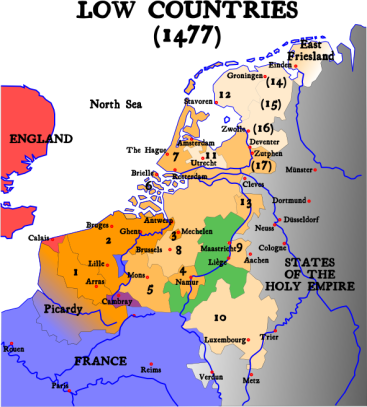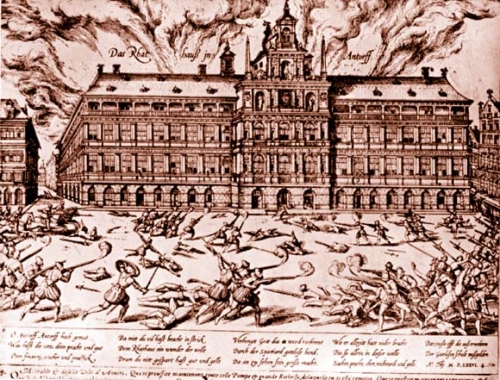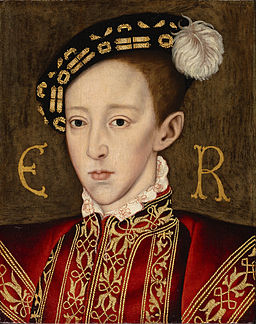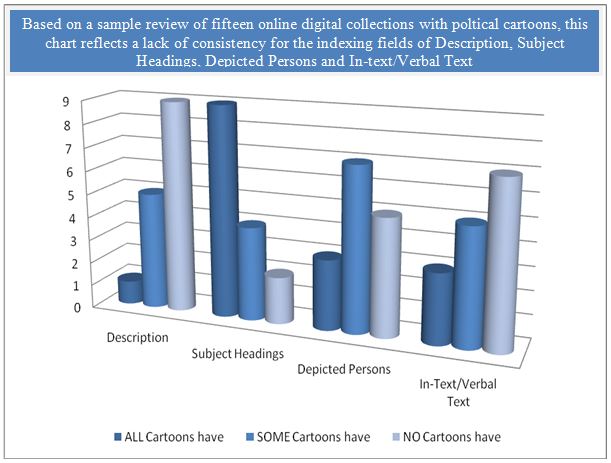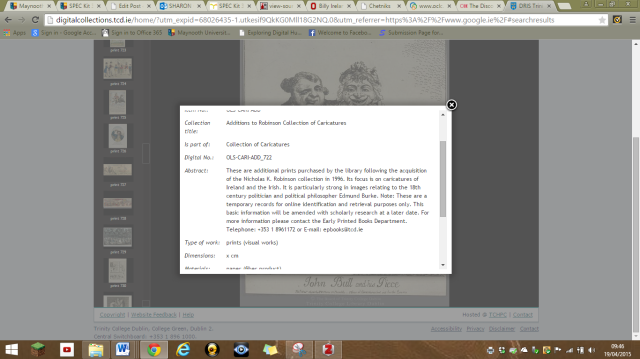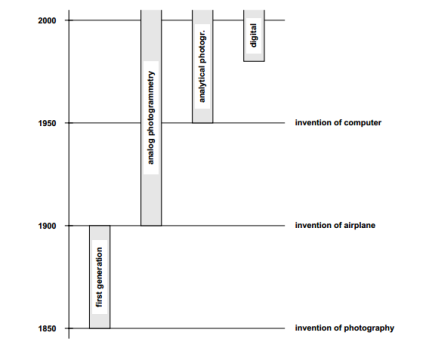
Howard, Paul (2009). Rhino What You did Last Summer, Penguin Ireland
In this blog, I will discuss the emergence of modern Ireland and look at how Paul Howard satirizes Americanisation, celebrity, designer and consumer culture amongst the socially privileged D4 materialists in the novel Rhino What You did Last Summer.
Contemporary Ireland is certainly associated with the Celtic Tiger, an experience of economic boom from 1990 – 2007; however Ireland had already experienced some economic growth with social and cultural change since the 1960s. The introduction of television to Ireland in 1961 was marked as a “key instrument of modernisation”, [1] and revolutionised advertising which can be linked to the emergence of “the creation of a consumer society in Ireland”.[2] It also allowed for avenues of openness to challenge social practices and cultural discourses that had been learned in school and from the Catholic Church. EU investment and tax incentives to multi-nationals also contributed to economic growth and by 1990 Irish society was well-groomed for an introduction to globalisation and cultural modernity. The advances in technology and communications made it possible and the profitable housing development boom made it appear affordable for Irish society to embrace Americanisation and a celebrity, designer and consumer culture even if it had to be on the basis of buy now – pay later.
The book opens with the introduction of Howard’s main character Ross O’ Carroll-Kelly, the son of a property developer from Dublin’s Southside who was sacked as the International Rugby coach for Andorra due to trying “to dip his wick where it shouldn’t have been dipped . . . [i.e.] the boss’s wife” (p.38). He catches a plane to L.A., after he found out that his wife’s best friend whom he also slept with, was actually his half sister (pp. 1-5) and then decides he needs “to see his own daughter and find out if there’s still a chance with Sorcha” his ex-wife (pp.2-3) who is now in Los Angeles attached to Cillian, a “senior advisor in international risk assessment” (p.25). The portrayal of Ross as a narcissistic, womanising socialite armed with his “old man’s credit cord” (p.3) assists Howard to use the theme of analogy of the socially constructed hegemony and cronyism of the D4 materialists. Senator John Dardis (2005) summed this up perfectly in a Seanad debate on the tendency of newspapers to report opinion as fact:
one finds a preponderance of articles from self-proclaimed experts who tend to be from middle class backgrounds — dare I say Dublin 4 types, which is a state of mind rather than a geographic location. These articles tend to reflect the attitudes of a particular section of society and regard those attitudes as dominant [469][3]
The cronyism of the “honour among Rock boys” is further reinforced when Ross and his friends from Foxrock who won the “Leinster Schools Senior Cup” (p.297) are re-united in Vegas and Oisinn jokes about trying to get planning permission for a Star Wars casino in Ireland; “J.P’s there, ‘Ross’s old man probably could – with some of his contacts’ and everyone laughs” (p.361).
Howard has a field day satirising celebrity, designer and consumer culture through Ross’s ex-wife Sorcha and her “obsession with material things” (p.304), her celebrity text alerts, her commentaries from celebrity-info-entertainment magazines and even to the extent of making their 18 month old daughter wear “Stilettos for babies” on the grounds that “girls eventually have to learn to wear designer heels” (p.17). Ross’s agent Trevion sums it up with “People are obsessed with celebrity lives” (p.102) after a coincidental photograph is taken of Ross with a reality TV star that hurls him into the celebrity z list overnight and spirals into a series of events which includes dates with ‘wannabe’ actresses, plastic surgery and his own MTV reality show. Howard uses this to lampoon the celebrity related reality TV concept of being famous for being famous with Ross adding, “Then I’m thinking about all the people who’ve tried to crack America and basically failed. Robbie Williams, blah . . . But look at me. Fame. Women. I presume somewhere down the line there’ll be money. And it all fell in my lap” (p.120).
In conclusion, I did not enjoy reading this novel. Perhaps the grim reality of the recession has taken its toll and only for I was required to write an essay on the novel, I would have put it down earlier. However I continued reluctantly, with very little interest in Howard’s satire of the social and cultural elements of the Celtic Tiger or his parodies of Irish society embracing celebrity, designer and consumer culture.The only satire I found really funny was in the fact that Howard managed to write ten novels in the “Ross” series, some of them best-sellers so he actually made money and achieved commercial success from the very society he satirised.
Notes:
[1] Inglis, 1998a, cited in Tovey and Share, 2000, p.377. Tovey, H., Share, P. (2000). A sociology of Ireland, Dublin: Gill & Macmillan.
[2] Ibid.
[3] Seanad Eireann Debate, (2005). Privacy and Defamation: Statements. Vol. 179 No. 6 [online], available: http://debates.oireachtas.ie/seanad/2005/02/09/00005.asp

